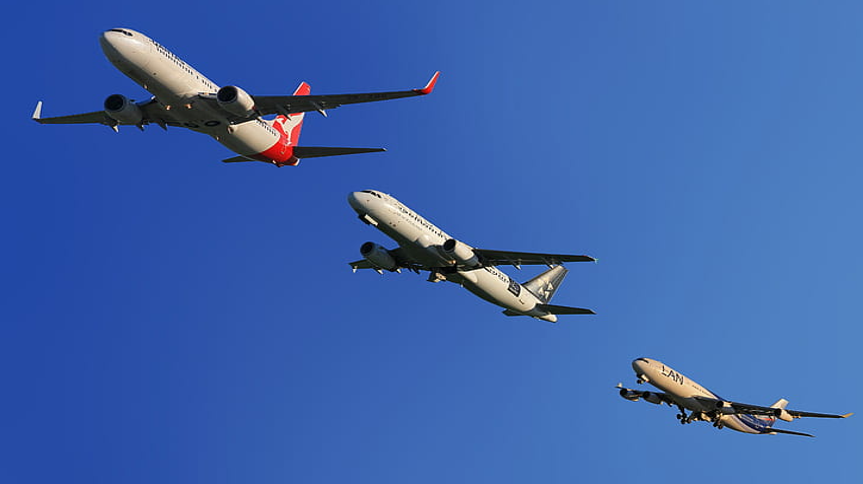DUBLIN — While the global airline industry is showing signs of recovery in 2025, budget carriers are navigating a complex financial landscape marked by rising costs, uneven demand, and strategic missteps.
According to the International Air Transport Association (IATA), the industry is projected to earn $36 billion in net profits this year, up from $32.4 billion in 2024. However, profit margins remain slim at 3.7%, and low-cost carriers (LCCs) are feeling the squeeze.
Spirit Airlines, which filed for bankruptcy twice within nine months, exemplifies the volatility in the ultra-low-cost segment. Its failure to adapt to shifting consumer preferences and high operating costs has led to route cuts, layoffs, and fleet downsizing.
Other budget airlines are faring better. Ryanair reported strong passenger growth and profitability, benefiting from fuel hedging and a lean cost structure. EasyJet has focused on expanding its holiday package offerings and premium seating to diversify revenue. Meanwhile, Wizz Air continues to grow aggressively in Eastern Europe and the Middle East, though it faces challenges from geopolitical instability and regulatory hurdles.
Aviation analysts at PwC and KPMG note that while demand for air travel is rebounding, budget carriers must balance affordability with operational resilience. The rise of sustainable aviation fuel (SAF), AI-driven route optimization, and fleet modernization are reshaping the competitive landscape.
As the industry moves beyond pandemic-era comparisons, the success of budget airlines will hinge on strategic agility, cost discipline, and the ability to meet evolving passenger expectations.
Sources:
IATA – Airline Profitability Outlook 2025
PwC – Aviation Industry Review and Outlook 2025
KPMG – Aviation Leaders Report 2025



